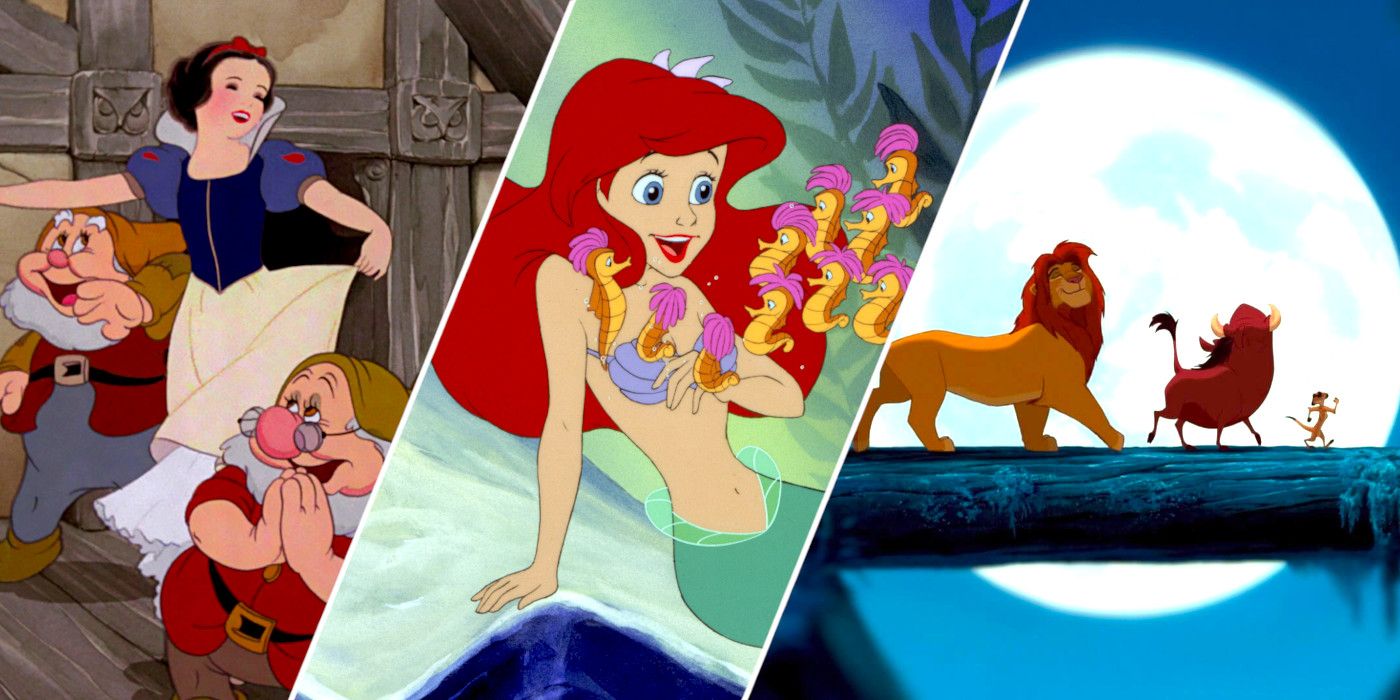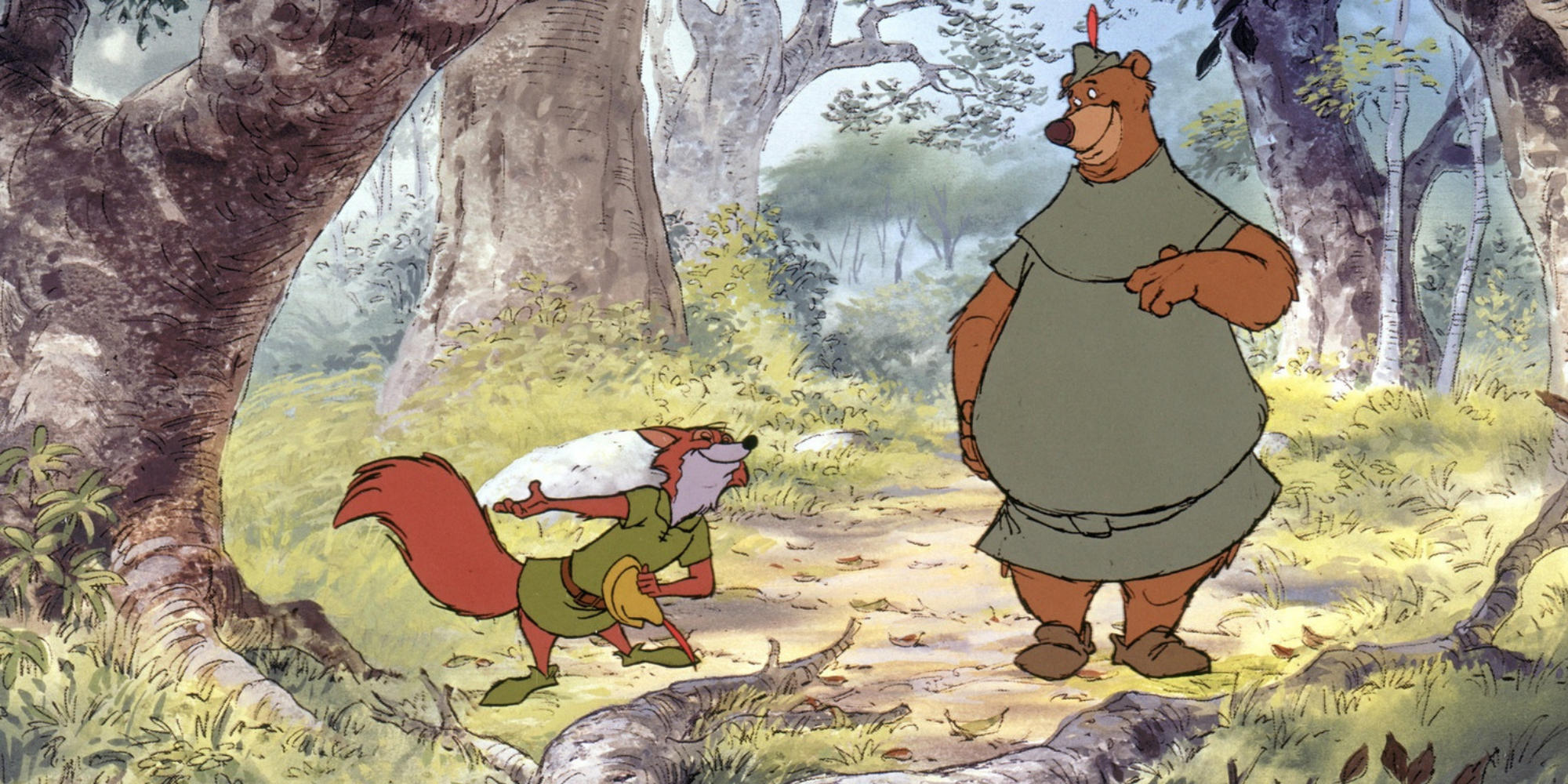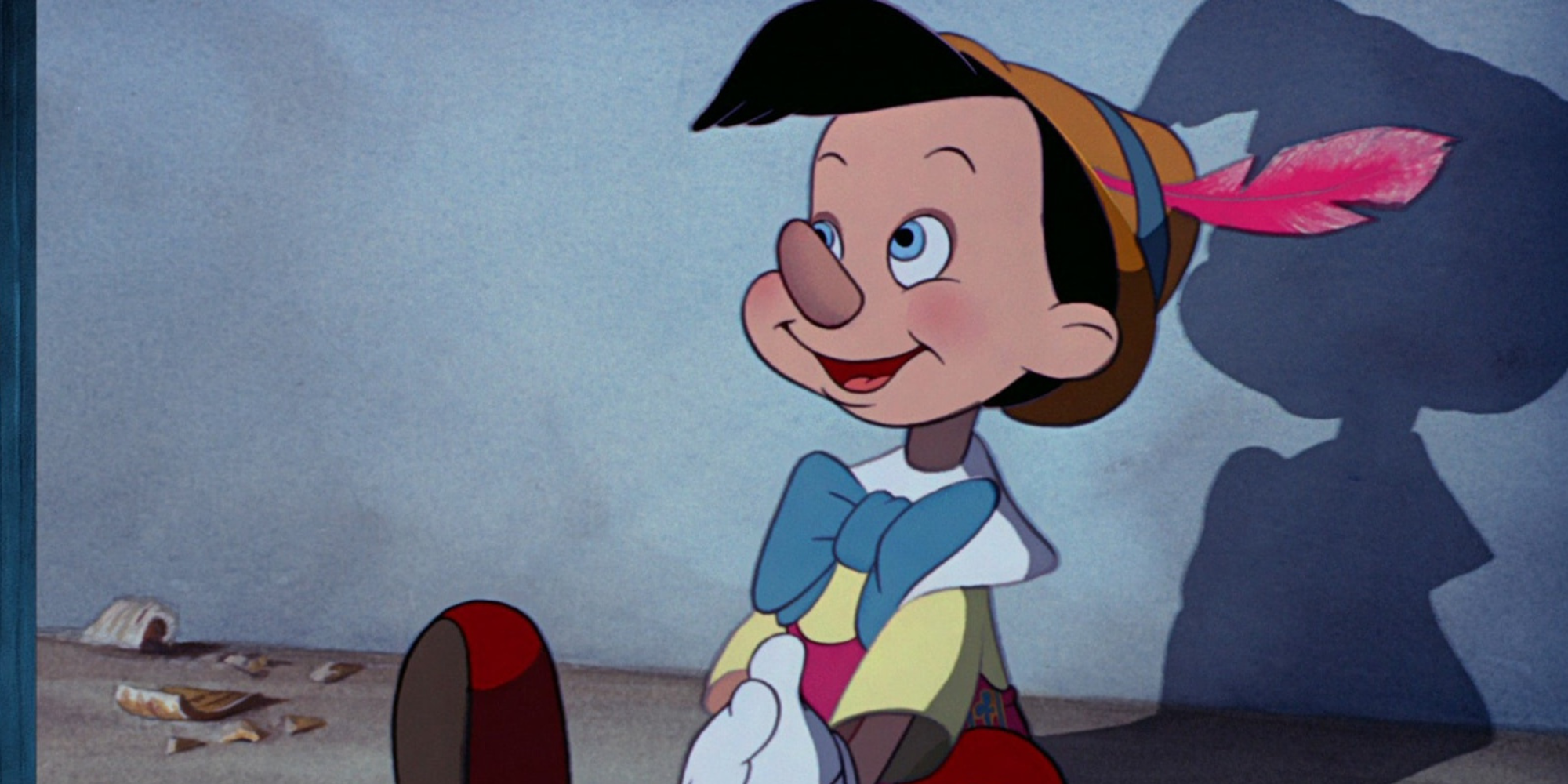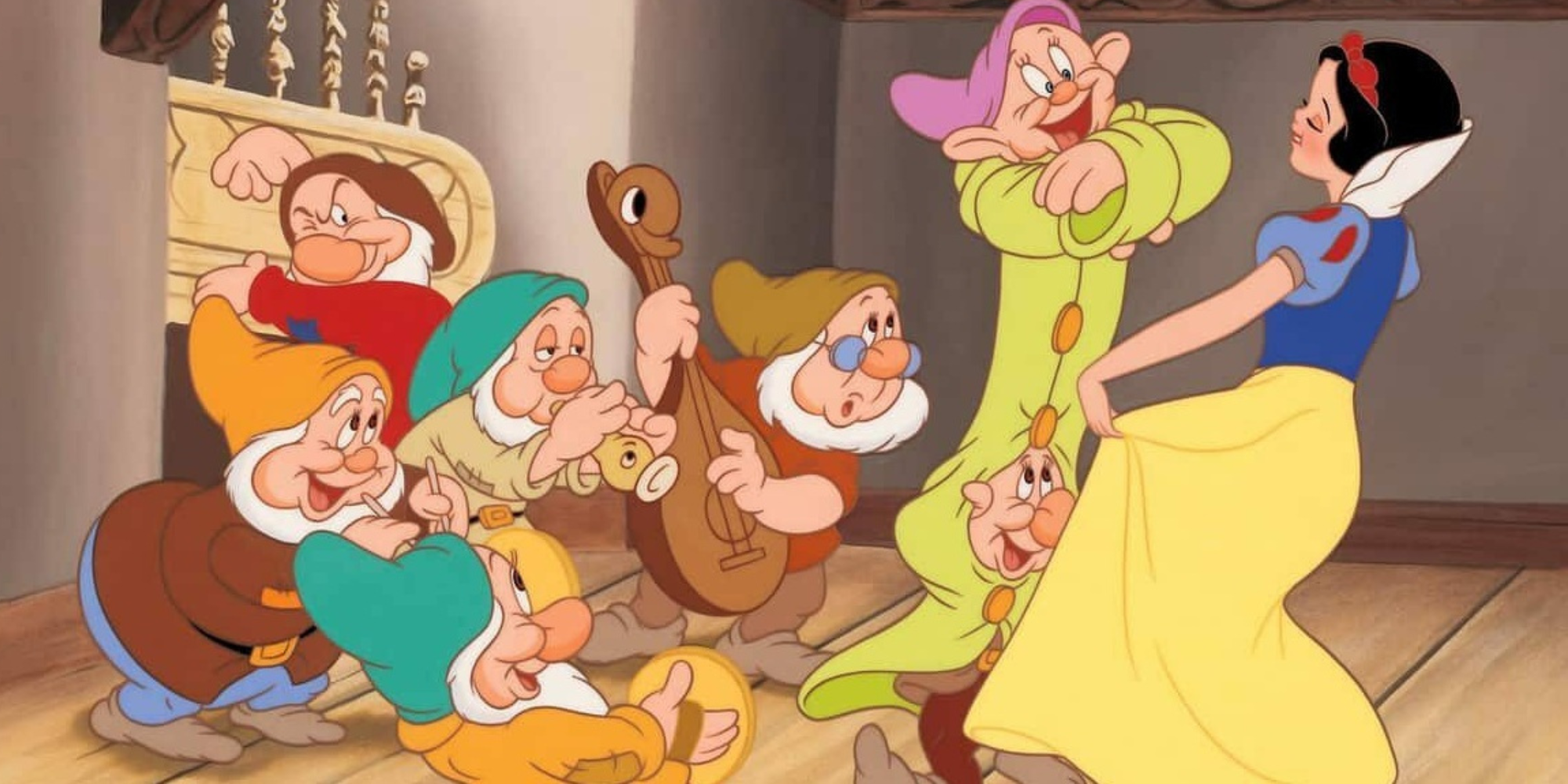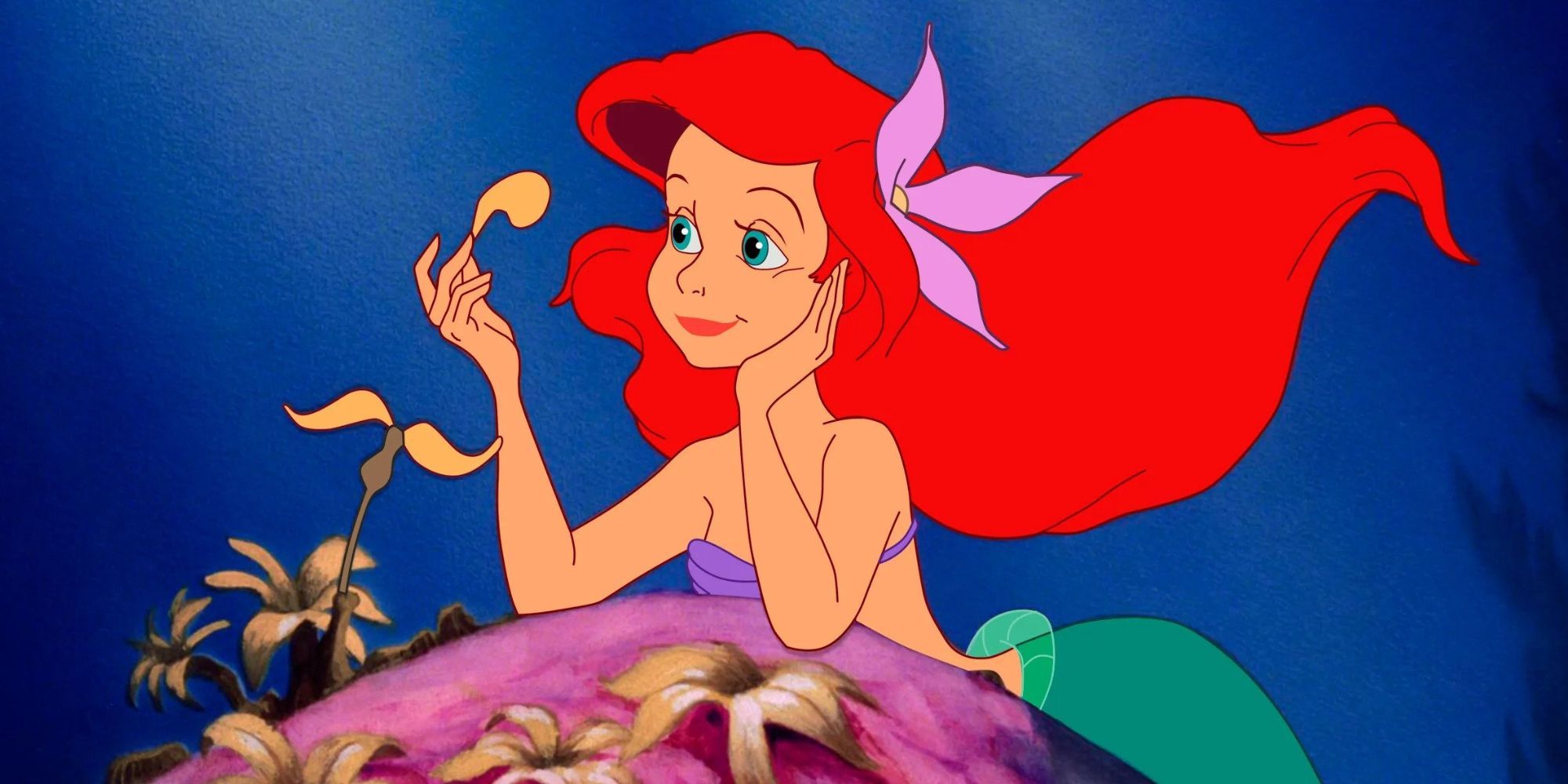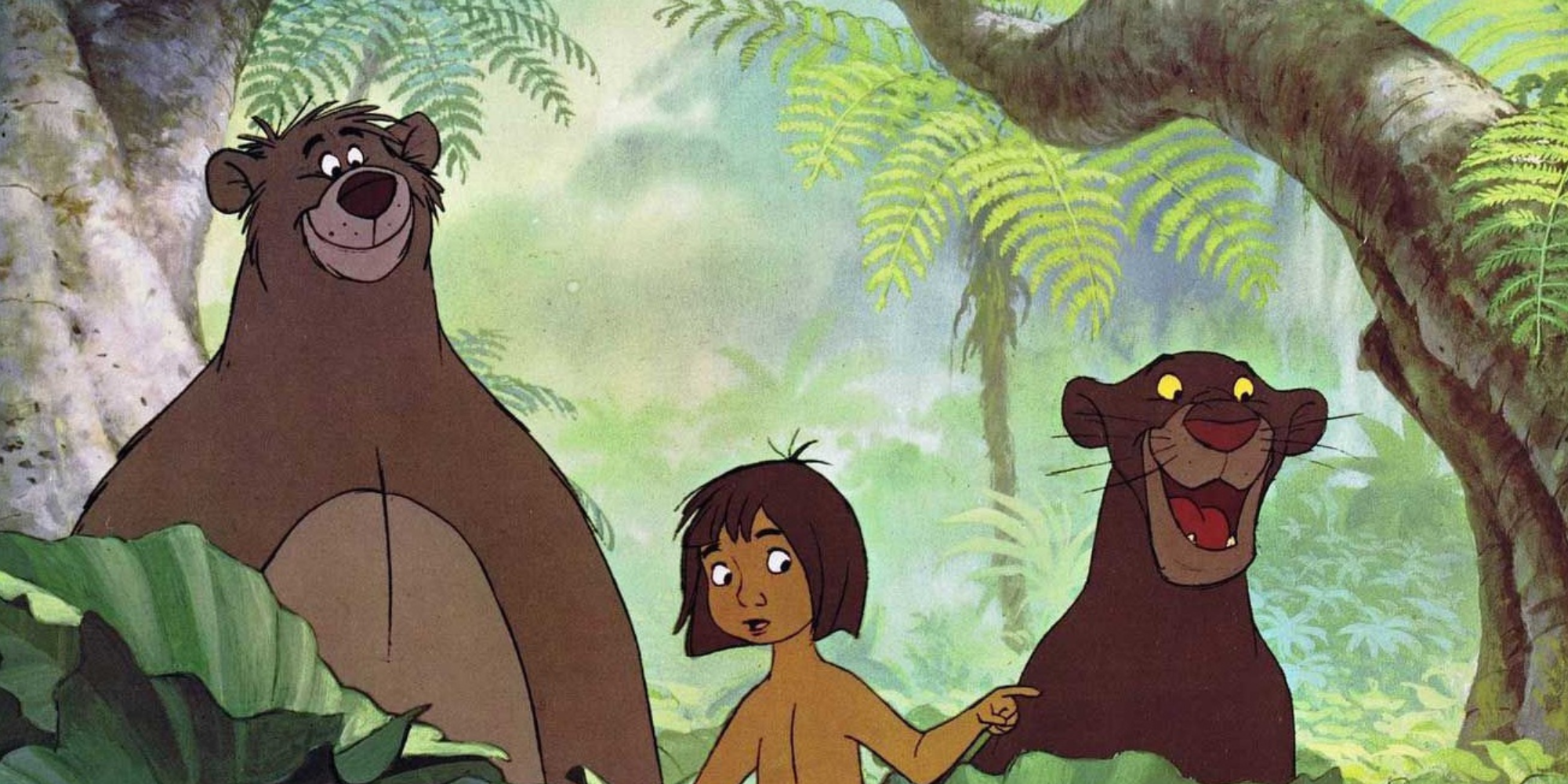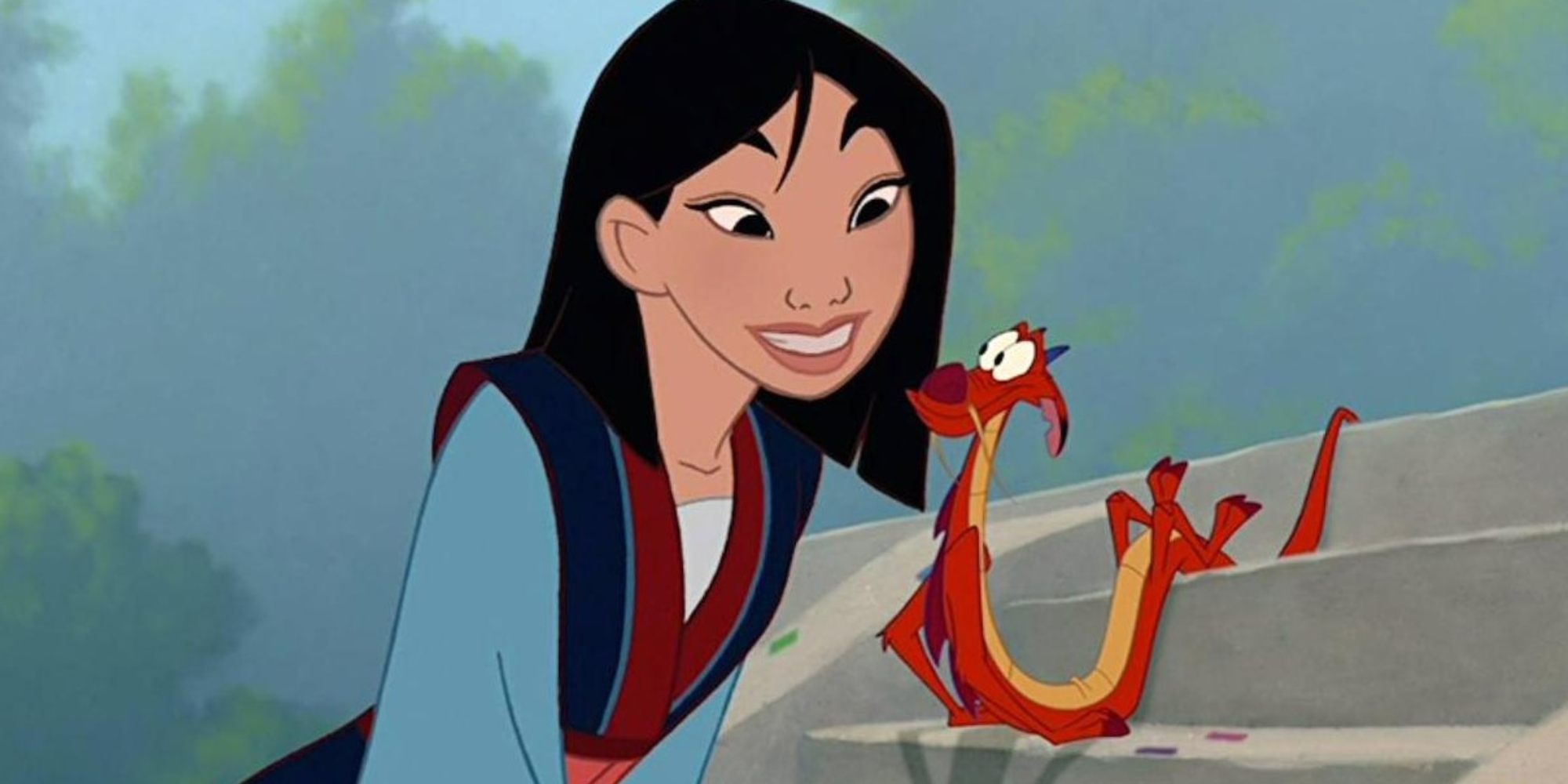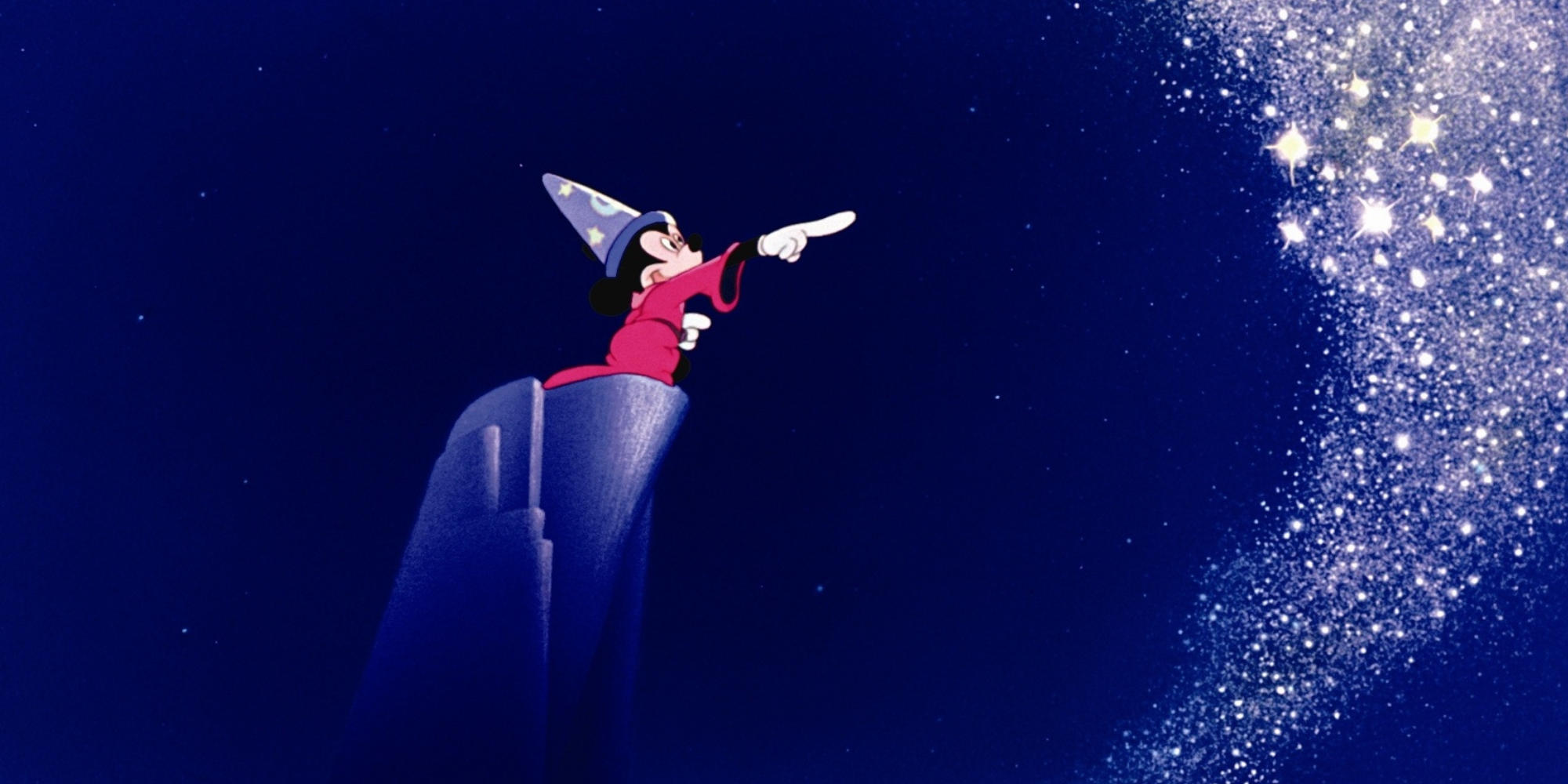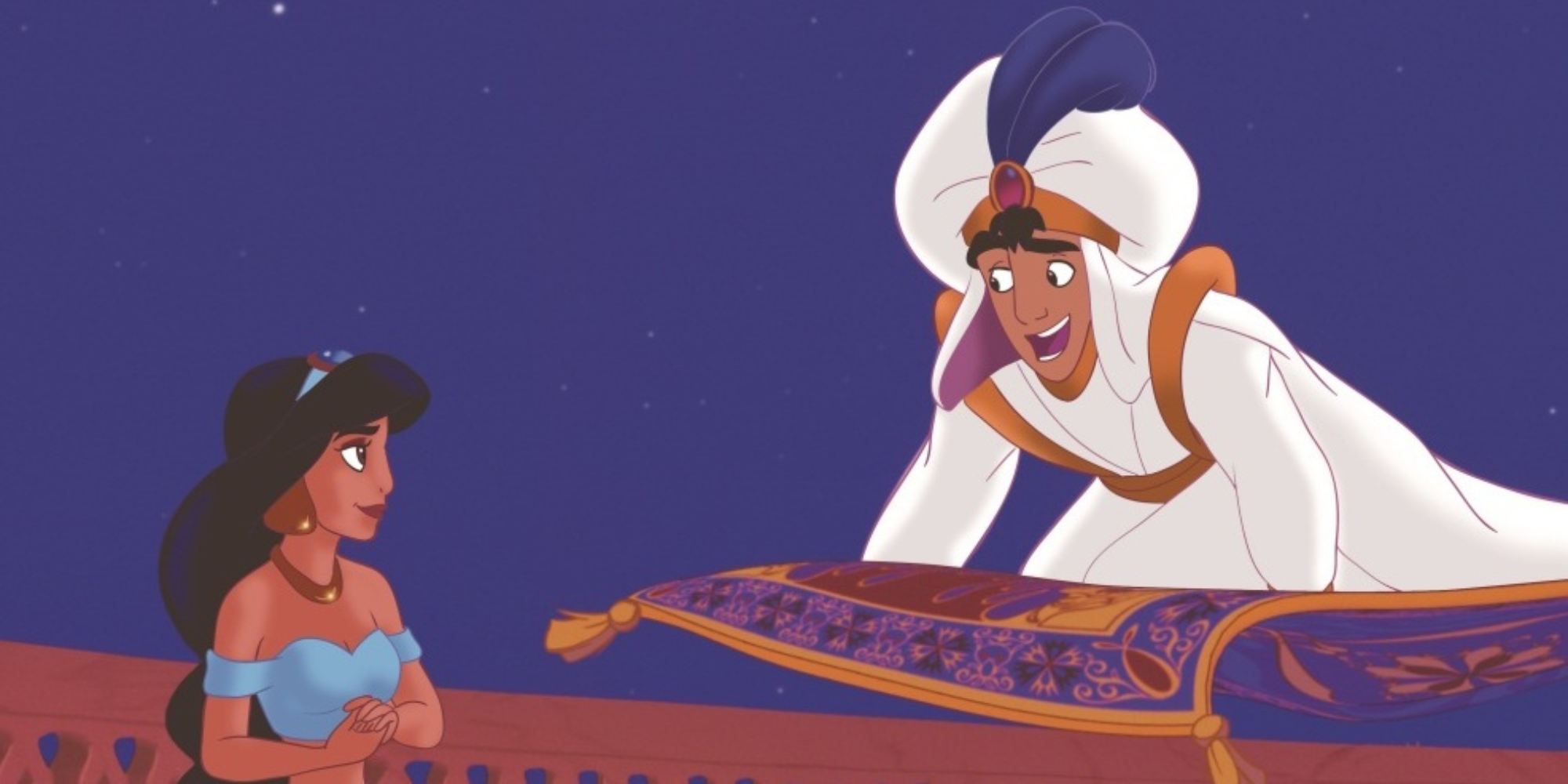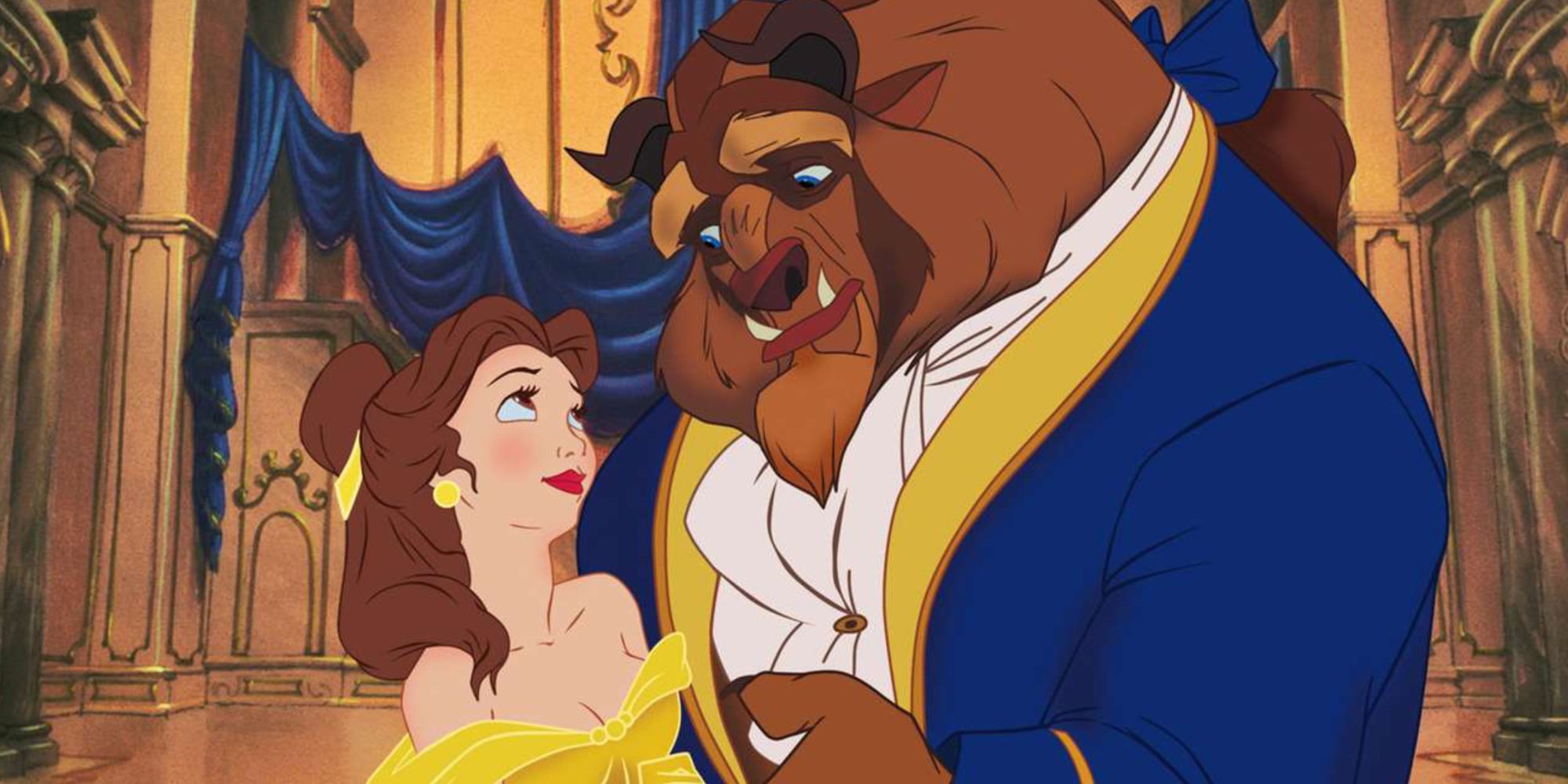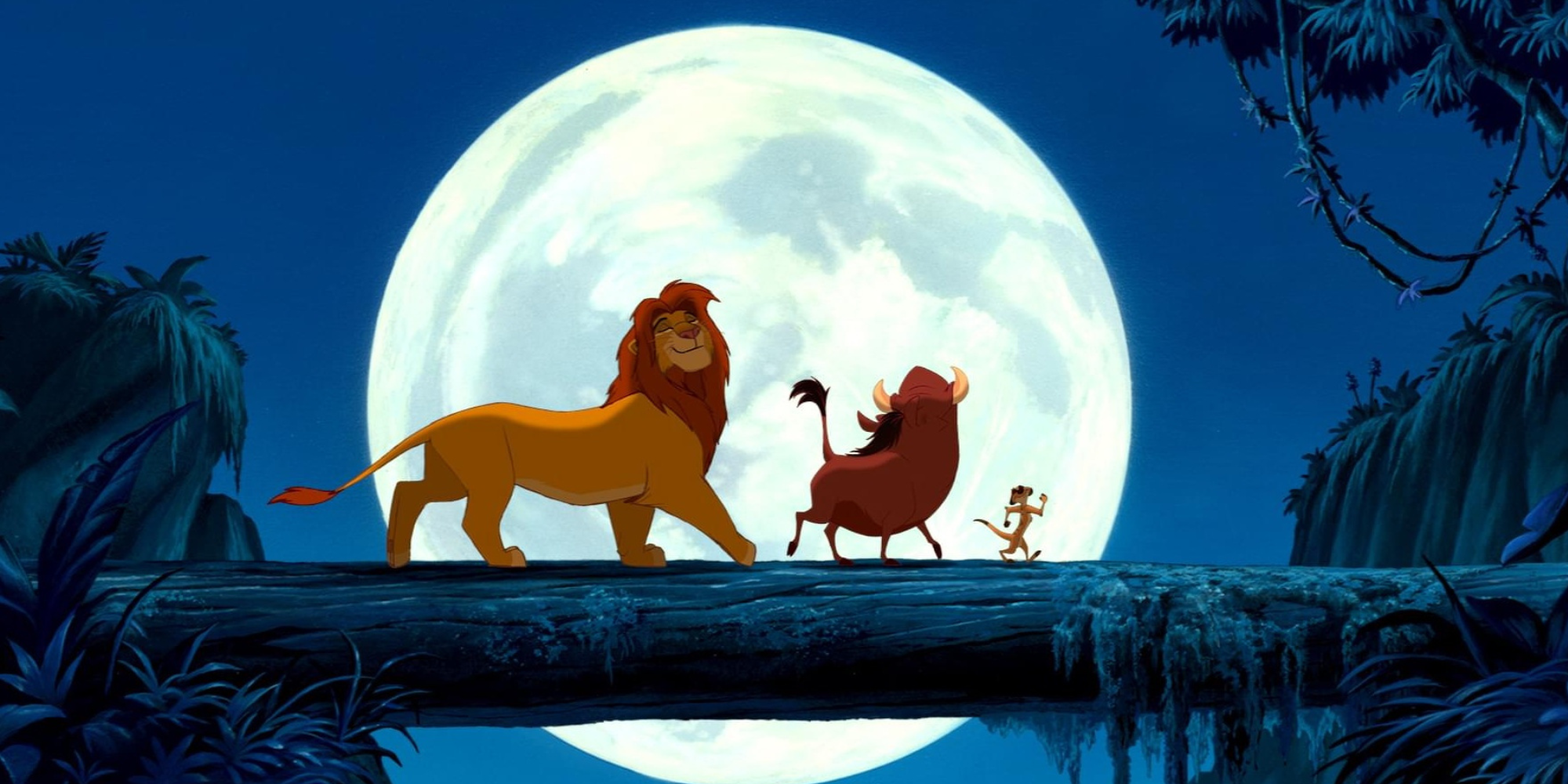Read update
- Fans lining up to watch the live-action The Little Mermaid (May 26) can certainly appreciate how far cinema has come, but for those feeling a little nostalgic, there are always Disney's hand-drawn animated movies to revisit.
With modern Disney films being created in 3-D animation, it’s hard to remember what the classics looked like until fans re-watch those created from 1937. 2-D animation, also known as hand-drawn animation, is created by drawing each frame by hand. The last hand-drawn Disney film was depicted in The Princess And The Frog, which was released in 2009.
Hand-drawn animation, while tedious, was the traditional way to create animated films until the rise of computer animation in the 90s – with Disney’s first computer-animated movie, Toy Story, released with huge success. Although computer-generated animation is quicker and more advanced, many respect the hard-working roots from which it was created. Hand-drawn Disney films will always be iconic and are not disregarded as being less for their traditional creation.
Updated on May 25, 2023, by Hannah Saab:
Fans lining up to watch the live-action The Little Mermaid (May 26) can certainly appreciate how far cinema has come, but for those feeling a little nostalgic, there are always Disney's hand-drawn animated movies to revisit.
10 'Robin Hood' (1973)
IMDb Rating: 7.5/10
Robin Hood is a stand-out, notorious Disney film, marked as the first animation to be produced after Walt Disney’s death in 1966 without his input (Robin Hood was released in 1973), and the first animated Disney film to feature a cast entirely of animals, paving the way for other successful animations such as Zootopia.
Outside praise for the movie's fully-animalistic cast, Robin Hood received a poor reception for its animation. It is undeniable that the setting of Robin Hood provides a beautiful landscape that highlights important details, and blurs out others in favor of creating less distraction. However, during the production of the film, the grand setting took up more time than anticipated on the deadline, meaning that the animators had to result in recycling a lot of the film.
9 'Pinocchio' (1940)
IMDb Rating: 7.5/10
A moral-driven story about a young puppet who wants to transform into a real boy, Pinocchio is a well-loved Disney film that was released in 1940. Adapted from the original novel, The Adventures of Pinocchio by Carlo Collodi, the design of his character transformed from a stoic puppet into a cute boy with puppet features, which was believed to humanize his character and make him more likable.
Utilizing Disney’s new camera that developed depth in scenes, the film is renowned for its landscapes, and at the time of release, for its hyperrealistic special effects in details such as the splashes, the magic in the Blue Fairy’s wand, and waves in the ocean. The film also gave rise to the popular song synonymous with Disney – "When You Wish Upon A Star," written by Leigh Harline and Ned Washington.
8 'Snow White and the Seven Dwarfs' (1937)
IMDb Rating: 7.6/10
A defining moment in entertainment, the creation of Disney’s first feature animation film Snow White and the Seven Dwarfs in 1937 marked an iconic emergence of the magic of animated Disney films. A resentful Queen (Lucille La Verne) learns that her step-daughter Snow White (Adriana Caselotti) is the fairest maiden in the land. The Queen hires a hitman to kill Snow White, but he empathizes with her, and allows her to escape. Lost in a forest, Snow White encounters the seven dwarfs who allow her to stay on the condition that she maintains the house. Meanwhile, the Queen plots her revenge.
The film was the first animation to be created with Technicolor – a dye-transfer process that produces color in motion pictures, and took numerous life-drawing classes in order to progress into more naturalistic movements in the characters.
7 'The Little Mermaid' (1989)
IMDb Rating: 7.6/10
The story of a young girl eager to change her life transformed into new depths with the production of The Little Mermaid in 1989. Being mostly set underwater, the film required complex special effects in order to create verisimilitude for aspects such as bubbles. The Little Mermaid was the final Disney animation produced using traditional hand-painted cel methods, where Disney began to implement a mixture of digital coloring with hand-drawn drawings that were instead scanned.
The Little Mermaid has been coined as the beginning film of the Disney Renaissance – an era in which Disney films found constant success. With a Broadway style in its plot, The Little Mermaid has become well-known for its musical score, namely from hits such as "Under The Sea."
6 'The Jungle Book' (1967)
IMDb Rating: 7.6/10
The final film produced by Walt Disney himself, The Jungle Book is a powerful, musical adventure that was released in 1967. The story follows the orphan turned jungle boy Mowgli (Bruce Reitherman), who must return to his village after learning that Bengal tiger and iconic Disney villain Shere Khan (George Sanders) is approaching the part of the jungle he resides in. With the help of Bagheera (Sebastian Cabot), Mowgli unwillingly heads towards the village, until he is deferred by the fun-loving antics of bear Baloo (Phil Harris).
The Jungle Book was produced using xerographic animation – a process where the original animation drawings are printed directly on the cels, effectively eliminating the hand-printing stage in animation and cutting costs dramatically. The bear necessities of The Jungle Book rank well on numerous platforms.
5 'Mulan' (1998)
IMDb Rating: 7.6/10
The most iconic female character in the Disney universe that elicits morals of courage and honor comes from the 1998 musical drama, Mulan. During production, animators traveled to China to engross themselves in the infrastructures they were to translate into the film. They also scaled back from their new design aesthetic seen in films like The Hunchback of Notre Dame, and instead worked to imitate traditional Chinese art.
This manifested as simpler designs, softer colors, and watercolors that would create a softness in the lighting. Just like in older Disney films, the emphasis was placed on the characters rather than the background.
4 'Fantasia' (1940)
IMDb Rating: 7.7/10
The epic musical production that comes as Fantasia was produced in 1940, featuring the quintessential Disney character, Mickey Mouse. Lacking any particular plot, and utilizing almost no dialogue, Fantasia instead transforms an orchestra performance into an animated spectacular, split into seven segments. Each segment contains a miniature plot, centered around a musical piece, which is heightened by different artworks.
Created to boost the popularity of Mickey Mouse, Fantasia wished to explore the importance of music that was combined with masterful artwork. With its psychedelic color scheme that mimics the glorious musical score, each segment’s colors were specially tailored to represent the narrative and mood, embracing the music through Technicolor and brightly-colored frames.
3 'Aladdin' (1992)
IMDb Rating: 8.0/10
The musical-fantasy smash hit Aladdin has become infamous globally since its debut in 1992. A poor street boy, Aladdin (Scott Weinger) scours the land of Agrabah in order to survive with his pet monkey, Abu (Frank Welker), as Princess Jasmine (Linda Larkin) grows bored with her lavish, locked-in life inside the palace, where she awaits marriage.
Wishing to explore the concept of surrealism in its animation, the main characters of Aladdin were drawn based on geometric shapes, and influenced by caricature drawings, which mimicked the swooping Arabic calligraphy style of the title font. Aladdin's color palette showcased light colors to symbolize the protagonists and dark as the antagonists, with the city of Agrabah in more neutral colors.
2 'Beauty and the Beast' (1991)
IMDb Rating: 8.0/10
A tale as old as time, 1991's Beauty and the Beast centers on the unlikely romance that blossoms between the titular prince who was transformed into a monster (voiced by Robby Benson) and Belle (Paige O'Hara), the young woman he imprisons in his castle. Alongside a colorful cast of household objects who were once human servants, the duo must navigate their unique situation, which leads to one of the most romantic Disney storylines.
While most of the animated film was hand-drawn, the animators did incorporate computer-generated imagery to create some memorable moments, particularly the now-iconic waltz scene. Beauty and the Beast is a fantastic example of the combination of traditional animation with more advanced technology at that time.
1 'The Lion King' (1994)
IMDb Rating: 8.5/10
Evocative, daring, and loveable, The Lion King is a timeless Disney film, despite being released in 1994. Conceived without any existing material unlike other Disney films, The Lion King worked with references to live animal footage to create realistic movements, while the writers wished to create a story about a coming-of-age.
The individualization of each character, despite being animals, has made a lasting effect on Disney’s remarkable storytelling abilities, and upheld itself away from critique against new photo-realistic techniques used to portray animals. The Lion King is a beautiful, iconic film that is one of the highest-grossing animations of all time.

